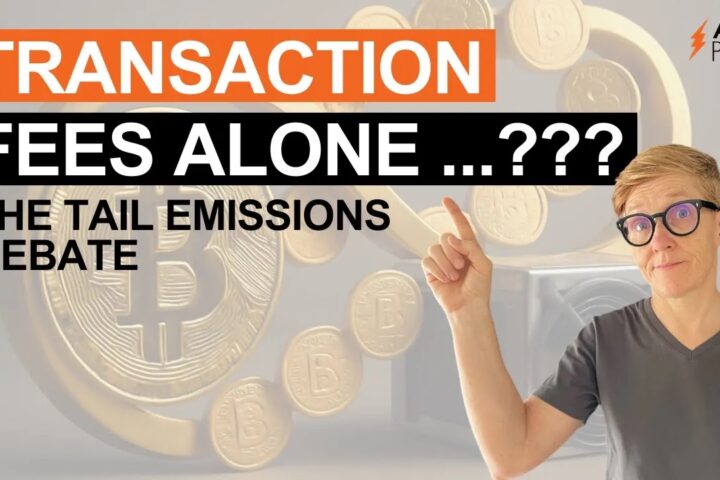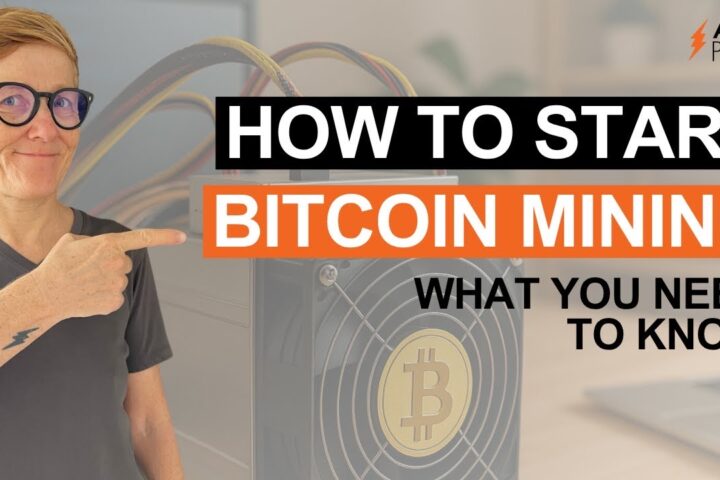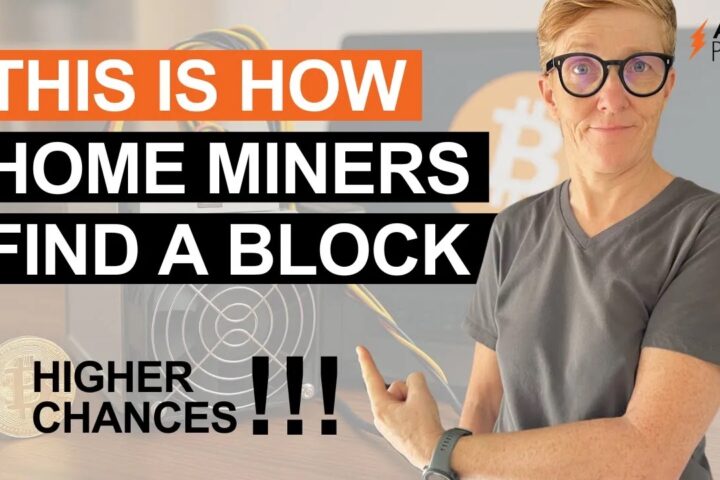Excerpt
I break down what the Bitcoin halving is, how block rewards are cut in half every four years and what that means for miners and the security of the network. We’ll look at how miners are compensated today through rewards and transaction fees, and what changes once the last Bitcoin is mined in 2140. The big question is: will fees alone be enough to keep miners running and protect the network, or could Bitcoin face security challenges in its final era?
Transcript
First, I want to explain what the Bitcoin halving is. Every 210,000 blocks, which is roughly every four years, the block reward is being halved. The block reward is a part of the miners’ compensation for their work. Additionally, they earn the transaction fees that we, the users, have to pay for each transaction. Before the last halving in 2024, 6.25 Bitcoin were issued with each new block. Now it’s 3.125 Bitcoin. In the year 2140, this issuance scheme will run out and no new Bitcoin will be created, as then the supply limit of 21 million Bitcoin will be in circulation. That means that going forward, the miners will only earn transaction fees to cover their operational costs. So basically, the question should be, from 2140 on, when there is no block reward being issued, will the fees that miners receive be high enough to secure the network? As mining is basically the mechanism that secures the Bitcoin blockchain and all the value that is stored on it, from being hacked, altered, or that coins are being stolen or double spent, then if miners can’t cover their costs, they will need to shut down their mining operations, which would lower the security of the network overall. The less miners, the less machines working in the process of mining Bitcoin, the less the security will be. But the question is now, in 115 years, we don’t know what’s going to happen until that time. We don’t know how many transactions will be made on-chain, or how high the fees will rise for a single transaction in 2140. We don’t know the value that Bitcoin will have in 115 years. And the costs that miners will need to cover for their operations, we also don’t know these. So transaction fees have been varying in recent years, depending on user demand. The more transactions are sent at the same time, the higher the fees, as the fees are determined on a free market. If you want to speed up your transaction and have it mined earlier or very fast, then you can pay a higher transaction fee. And with more off-chain payments, like over the Lightning Network or on sidechains like Liquid, and with a lot of batched transactions by centralized exchanges, the fees actually might stay low, but we don’t know it. And these are all factors that play into that question, and no one can say today if the fees will be sustainable from 2140 on. But miners, developers, companies, and we as the users, we all know about the programmatic changes that will happen in 2140, can anticipate them in advance and prepare for that future. So I’m in general optimistic that the fee market will be so profitable that miners can sustain mining and keep up the security of the network. But of course, no one can look into the future, and so we don’t know that for sure.



